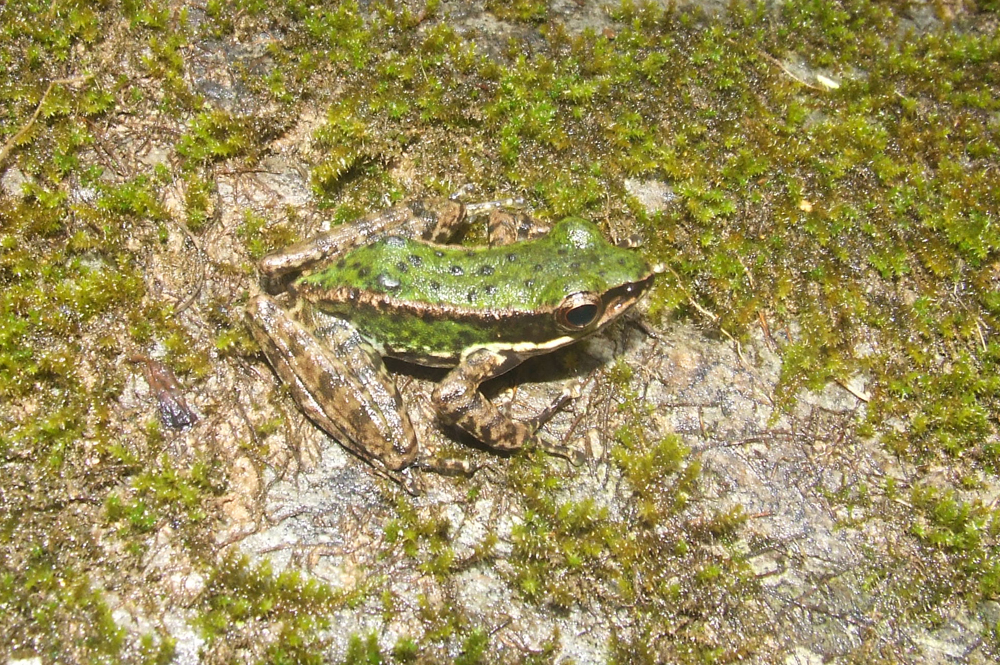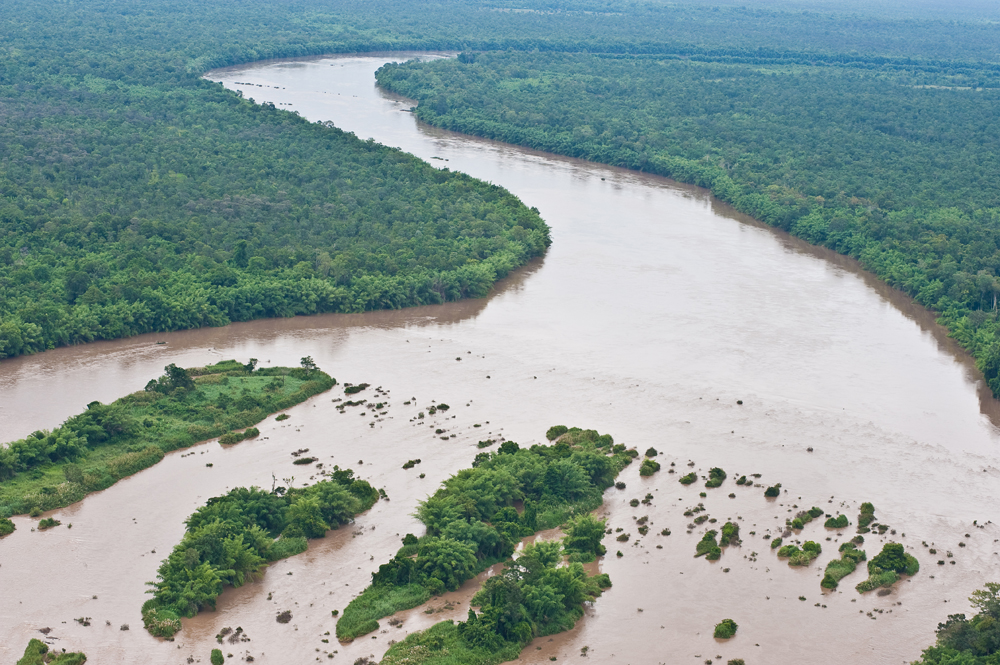Gallery: New Species of the Mekong

New Frog Species (Amolops akhaorum)

Seven new frog species from the Greater Mekong region were discovered in 2010, including three from Laos,three from Vietnam and one from Thailand. The species Amolops akhaorum was found in Luang NamthaProvince, Nam Ha National Protected Area, northwestern Laos. At least nine species of amphibian have goneextinct since 1980, when the most dramatic declines began. Another 113 species have not been reported in thewild in recent years, and are considered possibly extinct.
Vibrantly-Spotted Newt Species (Tylototriton notialis)

A new species of newt was discovered in Laos in 2010. The new species is particularly significant as it representsthe first record of a species from the genus Tylototriton from Laos, and is the southernmost known member ofthe Tylototriton asperrimus group in the world. The Latin name for the species, notialis meaning southern,refers to this. Scientists fear that over- harvesting for traditional medicine and the international pet trade may putthe species at heightened risk. The formal description of other Asian salamandrids in the past (Laotrian laoensis;Stuart and Papenfuss 2002) has inadvertently led to exploitation for the international pet trade. Hopefully theTheun National Protected Area, one of Laos' largest and best-funded national protected areas, will afford thisendemic species some protection.
The Mekong River

As seen from Thailand. On the left is Myanmar; to the right is Lao PDR.
Logging Operations, Laos

Habitat destruction and fragmentation is a key threat to the remaining species inthe Greater Mekong.
Mekong River

The mighty Mekong river flowing through flooded forest in Cambodia.
Get the world’s most fascinating discoveries delivered straight to your inbox.



